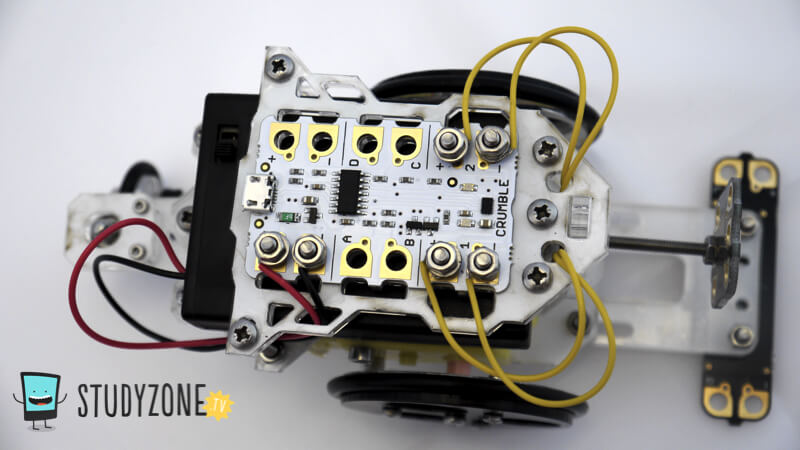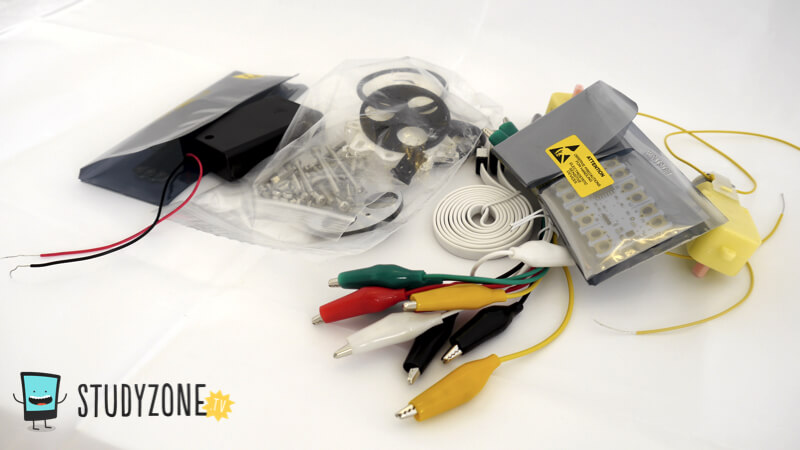At last, a great device for teaching control technology!

It would be fair to say that I have been looking for a really great control technology solution pretty much since I started my teaching career. I’ve tried out lots of devices, each with their own set of pros and cons:
|
|
Pros |
Cons |
|
Lego Mindstorms |
|
|
|
Lego Wedo |
|
|
|
Bee-Bot |
|
|
|
Roamer |
|
|
More lately however I’ve been looking with two very specific requirements in mind:
- A device that offers mobile support
- A device that complements Scratch style coding
The rationale for these two demands is simple. Getting children around a robot, tinkering with the sensors, wiring up motors etc. is the best way of learning control technology, problem solving issues and working as a team. The computer suite quite simply is not the best environment for this. The floor of the sports hall is!
Secondly, adding motors and sensors I feel is a big enough step forward in understanding, so being able to use a familiar ‘drag and drop’ coding environment is a huge plus. If a new coding syntax also had to be learnt, students would struggle to appreciate the ‘control’ aspect of the task.
These two aims have led me recently to experiment with two devices; the Sphero 2 and the Crumble Controller. In this post I’ll focus on the Crumble Controller.

This is a tiny little programmable board, sold by Redfern Electronics, that allows students to connect a range of simple sensors, motors and LEDs. Crocodile clips are used to connect everything together, helping students develop their understanding of the flow of electricity around a circuit. This brings obvious cross curricular links with science and design technology.
What I feel really makes the Crumble Controller shine though is its ability to run programs when not connected to a computer. Students will immediately feel at home programming the board via the Scratch inspired drag and drop software. Once they have completed and debugged their programs, they simply disconnect the Crumble board and all coding is stored ready to run whenever the board is turned on. As a result, they may then test their creations more fully in a different environment, or even integrate their device into another project. There are many options, including:
- wearable technology, such as flashing ties etc.
- flashing Christmas decorations
- lighting and alarm systems for model houses
- controlled ferris wheels
- robotic cars
I recently experimented with an all-in-one robotic car kit that included everything required to build a line following robot.

The kit was hard to build (it took almost 90 minutes), so certainly would need to be constructed by teachers or more able students, but once built the programming was simple and it was a lot of fun. I had a few challenges working out the thickness of line to use, but that’s all part of the problem solving I would hope to develop in my students.
One hint: As students begin to develop their own creations, more complex projects can quickly feel very messy, especially if overly long crocodile leads are used. I would certainly consider buying shorter leads which will make it easier to debug potential wiring issues.
We will soon be launching a number of additional units of work for our coding curriculum linked to the Crumble controller. To find out more about this devices, check out Redfern Electronics and to find out more about our coding resources, check out our coding curriculum.

Comments
Chris - Posted January 07, 2016
Great to see the new Lego Wedo 2 being launched. Combined with the companion app for tablets, this opens up opportunities for teaching coding outside of the computer room.
http://www.engadget.com/2016/01/05/lego-wedo-2-robotics-stem/